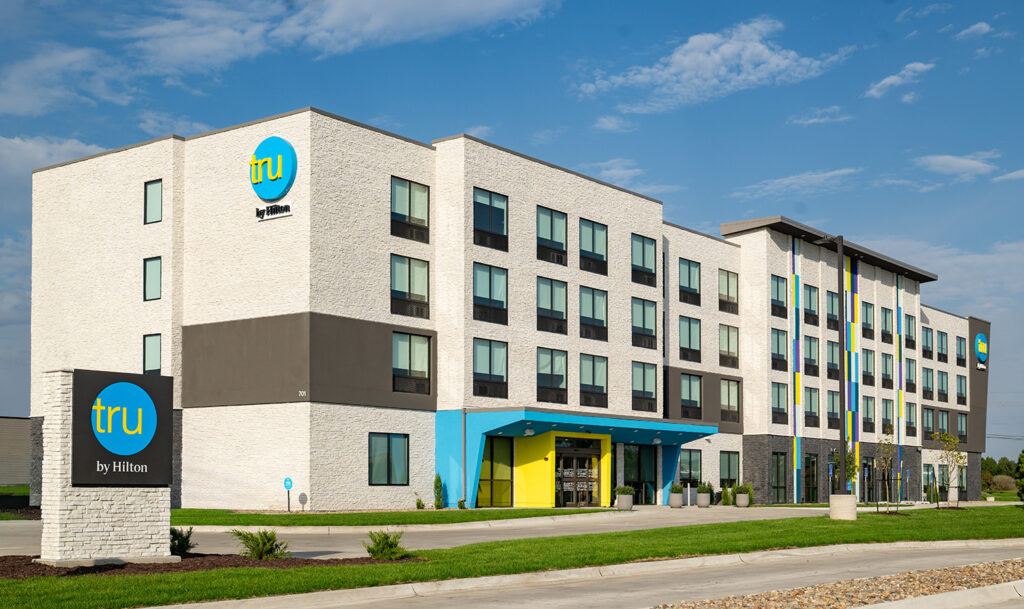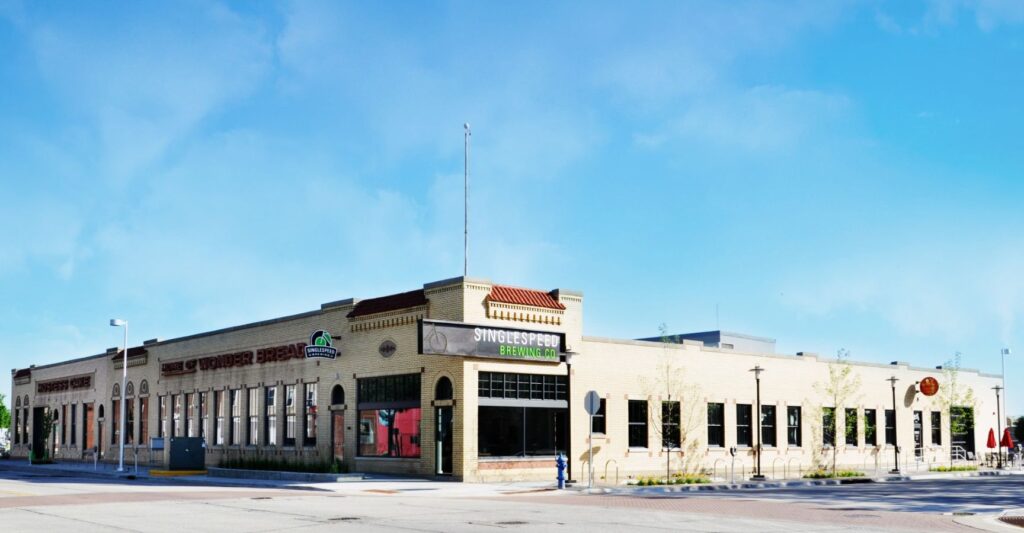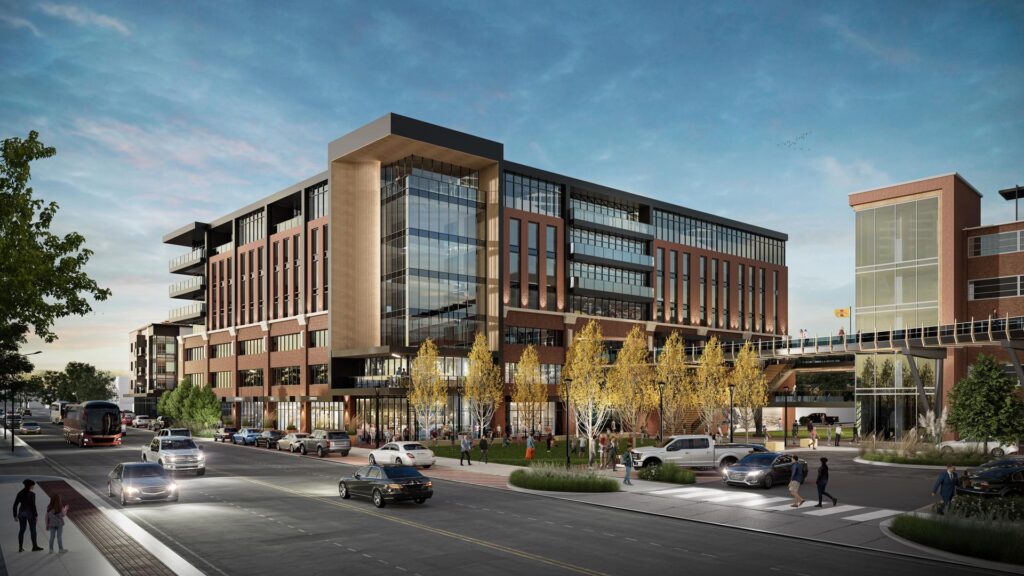Echo Valley agreement could set a standard

KENT DARR Sep 30, 2015 | 8:53 pm
3 min read time
661 wordsBusiness Record Insider, Real Estate and DevelopmentSome of us are fortunate enough to catch a vision in our mind’s eye and watch it become something you can touch. Dreams come true. Mike Coppola is a step closer to seeing his vision for development around his Echo Valley Country Club appear before his, and our, eyes.
It’s going to cost him and any other partners who are cloistered behind his United Properties Investment Co. LC and Echo Valley Investment Co. LC, but you have to figure he is all right with that.
After all, he was at the table when the terms of a preliminary development agreement for the city of Des Moines’ new Echo Valley Urban Renewal Area were hashed out. If he wasn’t there for every minute, you can bet that right-hand man Scott McMurray was sorting out the finer details of the state’s urban renewal laws.
Coppola’s vision has been for a residential and commercial development that will complement the private golf club that was founded by his father.
Coppola’s land covers 1,200 acres that spread out east to west between Fleur Drive and Iowa Highway 28 and north to south from roughly Iowa Highway 5 to Beardsley Street. The golf course runs through sloping hills and wetland bottoms. Mature trees abound, and native grasses and wildflowers complement many stretches of the 27-hole layout, which was designated 2013 Course of the Year by the Iowa Golf Association.
In 2014, The Ridge at Echo Valley, an upscale residential development, was featured in the Home Builders Association of Greater Des Moines’ Home Show Expo. During a reception for that event, Coppola was enthusiastic about his plans for the future.
“The vision is and was to be a fully integrated community that is designed to the very highest level, with connectivity to services and recreation,” Coppola said. “We see Echo Valley as inclusive, not exclusive.”
The path to that integrated community will be helped along the way with a development agreement with Des Moines. The preliminary terms of the agreement were approved Sept. 28 by the City Council.
Coppola could not be reached for comment about the agreement today, and McMurray said that he would defer to his boss.
On the Norwalk side, Coppola and development partners have created a residential community that has added about $45 million in property valuation.
On the 150 acres within the Des Moines city limits, plans calls for commercial development such as hotels, office buildings and retail shops and more residential development.
The agreement with the city requires Coppola and partners to pay for the costs of building streets and running utilities and other infrastructure necessary for development. After improvements are made and land values increase, the city will make tax increment financing payments based on the value of the improvements.
Tax increment payments will be structured this way: 100 percent of the increment generated by office development, 100 percent of the increment generated by hotel development and 85 percent of the increment generated by retail development. Payments will be made over 20 years.
Any TIF for residential development would have to be negotiated at a later time. However, the city’s tax abatement program, in whatever form exists following ongoing efforts to revise the program, would apply for an estimated 10 years. Any TIF for residential development would not be paid until the abatements expired.
City economic development planner Rita Conner said the Echo Valley agreement could become the norm, with the requirement for developers, rather than the city, to pay for the upfront costs of building streets and other infrastructure.
“Ten years ago or more when the city was working hard to secure new investment, there were projects that were based on the city putting in upfront dollars, or using TIF that was not project generated,” Conner said in an email. “It was necessary and worked very well, but the risk to the city is lower when the developer is taking on the upfront expenses for infrastructure and development.”









